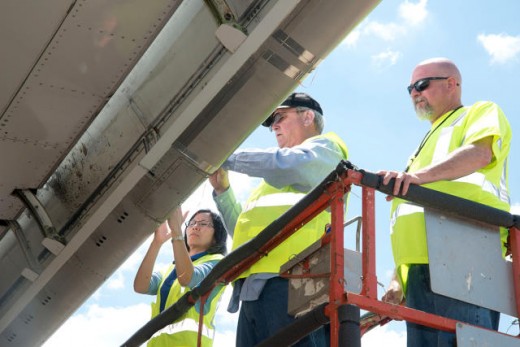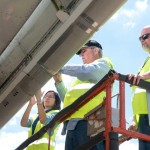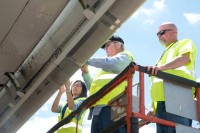inside of NASA’s Plan To Radically redesign How We Fly
a new wave of aircraft design is rising—and NASA is helping.
January 15, 2016
It’s almost certainly been a long time seeing that flying amazed you. Air travel tends to really feel like an inconvenience in this day and age—no longer a miracle of engineering. that is partially due to market forces and security theater. it is usually the fact that aircraft design itself hasn’t changed dramatically in many years.
however for the prior six years, a hundred thirty NASA staff had been exhausting at work on a laundry record of latest airplane applied sciences that could change how planes are designed. the program is known as technology, or Environmentally accountable Aviation, and its mission is to dramatically cut back air travel’s environmental footprint by means of slashing airplane emissions by 75% and lowering the gasoline they devour with the aid of half of. another purpose? To substantially lower down noise air pollution, the primary obstacle to expanding or building new airports. Oh, and push a listing of rising applied sciences, each designed to accomplish these targets, into the mainstream fleet. through 2025.
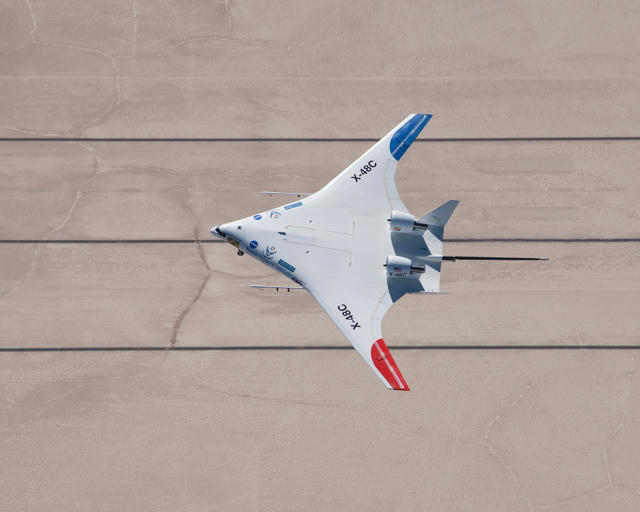
the process of shifting a design innovation from a pc screen to a jetliner is extremely difficult. NASA goes via an extended checking out process sooner than even making scale fashions to test in wind tunnels. subsequent comes exhaustive actual-world testing, regularly on the bed of a retrofitted plane. Even after NASA has “released” a know-how, it nonetheless takes years for plane producers to undertake it—in the event that they undertake it all.
So whereas era’s objectives have lots to do with curbing noise and pollution, the challenge can also be an experiment in accelerating the method of how new tech is adopted. Fay Collier, generation’s mission supervisor, calls this process “maturing” a technology. “We’re seeking to shorten that cycle,” he says. Collier led the charge, devoting a whole bunch of engineers to a handful of ideas as a way to “center of attention a number of effort and energy on some very promising technologies we needed to mature.”
It’s a tall order, in Collier’s words, but seems to already be working: final month, one of the vital technology’s improvements was once the subject of a new deal between its inventor and a manufacturer. The tech? A wing that morphs while the aircraft is in flight.
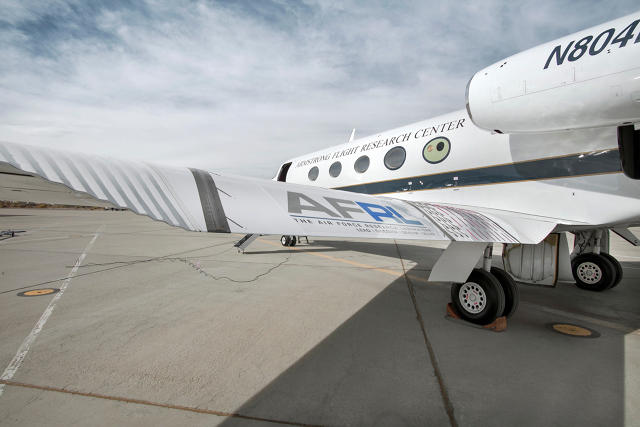
in case you’ve ever sat over the wing of a airplane, you’ve seen the robotic movement of the wing flaps as they alter to prerequisites all through touchdown and takeoff. These flaps—along with the touchdown tools—are a first-rate supply of noise and drag on account of the gaps between them. (Engines have if truth be told quieted down dramatically for the reason that Sixties and Nineteen Seventies, Collier explains.) A single long wing flap that could still move and adapt would now not simplest make flying extra environment friendly, it might make it a lot quieter.
That’s the intention of 1 generation associate, a Michigan firm called FlexSys, which invented a alternative for traditional mechanical flaps, swapping them out for a protracted, smooth, gently-bending surface. These flaps seem a little bit like origami: they’re graceful, white, and subtly creased at common intervals, the same as enthusiasts. Working with NASA, the company put in its accordion-like wings on a Gulfstream jet for analysis—in a video, they bend and shimmy like a dwelling factor.
Dr. Sridhar Kota, the inventor of the flaps, has when put next the design to biology. “Eighty % of residing creatures are invertebrates, and so they do pretty neatly with the locomotion and other mechanical functionality with out a couple of joints and links,” he explains in one NASA video. “How can we get this compliance, the pliability disbursed all the way through the construction—and the way do you design structures like that?” according to Kota, FlexSys flaps distribute the stress of movement evenly across the wing, which makes them greater and lighter than traditional wing flaps. And by putting off gaps, additionally they deafen the mechanical whirring, squealing sounds you in most cases hear right through takeoff or landing.
To me, this wing sounded—and appeared—remarkably futuristic. but thanks in part to NASA’s collaboration all the way through checking out, you may see it on planes exceedingly soon: In November, FlexSys announced a partnership with the Seattle winglet maker Aviation companions. “We’ve been speaking concerning the morphing aircraft concept for a long, very long time,” Collier says. “It shows the ability of focal point. We put various time and energy into this over the last six years, and in reality moved it along.”
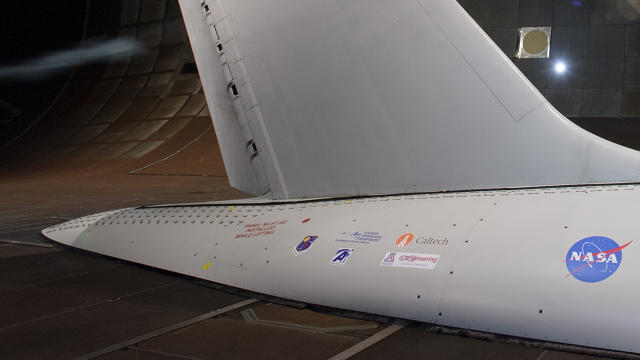
In some instances, the massive scale of these designs require intensive planning just to check. Like one full-scale Boeing 757 tail section which, at nearly 30 feet tall, required months of planning to put in within a cavernous NASA wind tunnel, presently the biggest on the earth.
in the event you appear closely at the tail, you can notice that it can be stippled with tiny black dots—every a tiny jet, often called “sweeping jet actuators,” that blow air over the tail to manipulate its pure aerodynamics. This swarm of nozzles create a roughly artificial wind over the tail—a expertise NASA calls energetic float keep an eye on. The heavy tail section of a aircraft is usually for stabilizing it and helping it alternate guidelines, a function of the best way air flows over it. by means of artificially manipulating that waft, these tiny jets will make it conceivable to design a lot smaller, lighter tails on future planes.
Even issues as basic as where engines and different small print are positioned on a aircraft may change based on technology’s analysis. in a single case, the workforce created their own model of an unmanned experimental aircraft designed with the aid of Boeing referred to as the X-48C. They modified the unique design by means of taking the “winglets” on the top of every wing (you’ve more than likely considered these on commercial flights, too) and transferring them to a seemingly ordinary position on the end of the aircraft’s body, simply subsequent to its engines. in line with NASA, this made them extra like tails than winglets, reducing the decibels created by using drag as smartly.
in accordance with this scan, future airplane designs might use equivalent ideas to operate more quietly and cleanly. any other idea, known as allotted propulsion, was once not too long ago highlighted in a video with the aid of the brand new York times that confirmed an experimental wing with many small engines along its length.
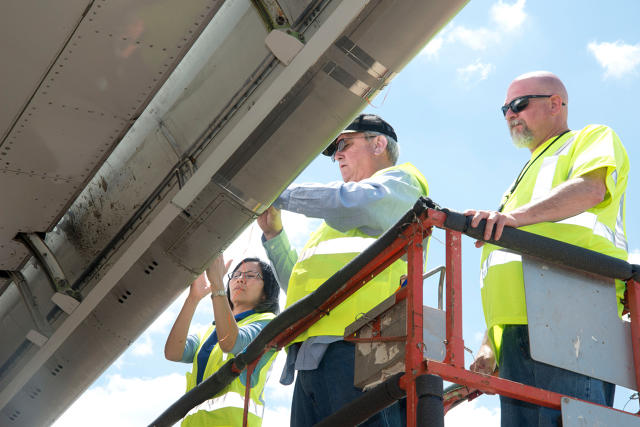
no longer every technology project is massive in scale, though. if truth be told, a few of them can be almost invisible to the common flyer. “no longer one in all them was more essential,” Collier says. moderately, “all of them, together, could make that vast impression.”
Take a collection of check flights era conducted in Shreveport this summer. Why Shreveport? according to NASA, because it has a hardy worm population, making it good for flying exams of a Boeing 757 whose wings had been covered in experimental supplies engineered to shed the masticated bodies of bugs that splatter throughout takeoff and touchdown. because it seems, computer virus goo can have a significant influence on gasoline efficiency as heaps of bug carcasses cake onto the wings. One subject matter NASA’s engineers got here up with borrows from nature by using mimicking a lotus leaf—which has a complex microscopic surface that’s naturally hydrophobic—and lowered the goo by as a lot as forty p.c.
generation wrapped up this year, however the lifespan of the applied sciences that matured all through the venture is just beginning. When will you see a morphing wing, or a computer virus-proof airplane, whereas trudging thru Phoenix on a layover? it’s onerous to claim, because the commercialization course of is most effective simply starting, and the onus is on the business to incorporate these designs. but Collier is optimistic. “What we know is that in lots of circumstances, we bought these applied sciences to a readiness degree the place the industry can now decide them up and include them into their designs,” he says. “that provides a just right number of these an excellent chance to get into the fleet by means of 2025.” Now, it can be as much as the agency’s companions to strike up deals with producers and get their technologies into the market.
with the aid of focusing a group of individuals on a narrow record of ideas, technology has jumpstarted development that may have taken a few years, particularly in a company where sensible concepts are fashionable however funding will not be. As cutting emissions fast becomes a matter of life and loss of life on earth, discovering a option to shepherd paradigm-transferring expertise into the mainstream is turning into simply as necessary because the technology itself.
(35)

